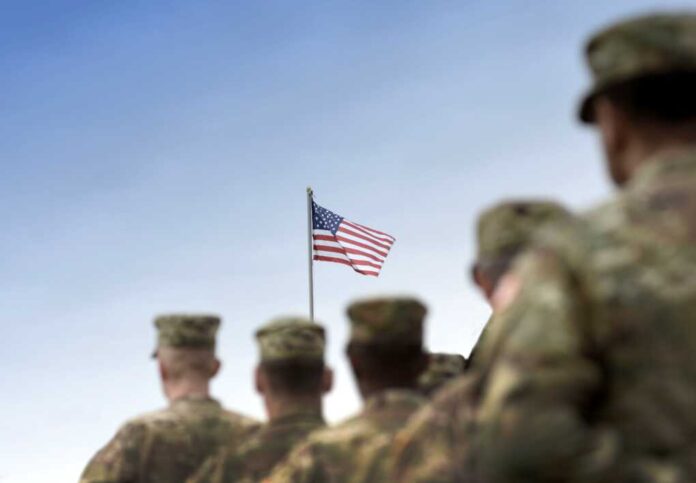US Military Mobilization—REGIME CHANGE Hint?

At a Glance
- Additional U.S. fighter jets, including F-16s, F-22s, and F-35s, have been deployed to the Middle East.
- The U.S. has warned Iran against escalating its actions, emphasizing the defensive nature of the deployments.
- Strategic bombers and major naval forces, including two aircraft carriers, bolstered regional military readiness.
- An estimated 40,000 U.S. troops are now stationed in the Middle East, an increase from the typical 30,000.
- The move protects U.S. personnel and assets and ensures regional stability.
U.S. Military Mobilization Amid Regional Tensions
The U.S. has mobilized significant additional military assets to the Middle East in response to rising tensions between Iran and Israel. The deployments reflect a tactical stance to safeguard national interests and ensure regional stability. As reported by multiple outlets, including The Hill and The New York Times, the number of U.S. troops in the region has surged from the typical 30,000 to approximately 40,000.
Elite aircraft, including F-16 Fighting Falcons, F-22 Raptors, and F-35 Lightning IIs, have been sent to the region, alongside tanker planes to support prolonged missions.
Preventive Measures and a Formidable Force
U.S. Secretary of Defense Pete Hegseth emphasized the defensive nature of the deployments, which are designed to “ensure that our people are safe.” In a report from France24, officials confirmed the presence of the USS Carl Vinson and USS Nimitz aircraft carrier groups, giving U.S. Central Command a formidable front.
These robust measures include the precautionary evacuation of military dependents from some bases. The tactical arrangement of Patriot missile defense systems has also been enhanced to protect U.S. and allied targets.
A Decisive Stance in a High-Tension Environment
In response to the escalating threats, the Pentagon has positioned key strategic assets, including B-52 and B-2 bombers at Diego Garcia and the E-4B “Doomsday Plane,” which serves as a mobile nuclear command post. This calculated projection of force constitutes a clear policy of preparedness.
President Donald Trump has warned Iran to step back while also declaring that “we now have complete and total control of the skies over Iran,” signaling a no-nonsense approach to the crisis. This combination of rational, authoritative decision-making and a powerful show of force is designed to deter aggression and cope with any unforeseen developments in the highly volatile Middle East.


